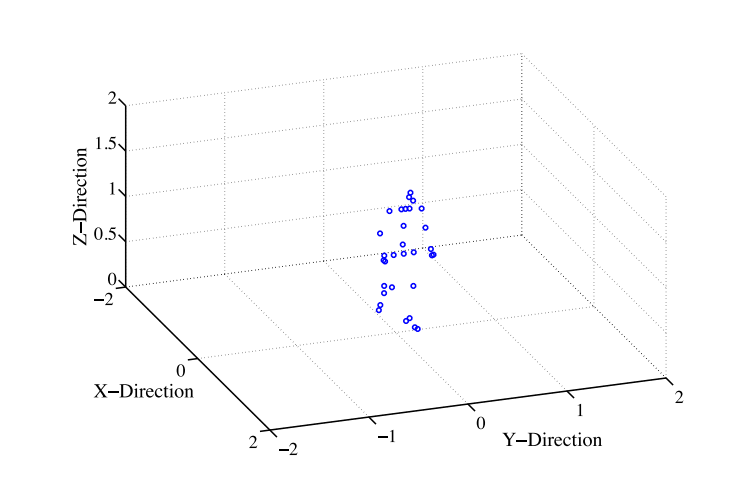The computational intelligence and machine vision laboratory (Vision Lab) aims to develop novel theory, state-of-art algorithms and architectures for learning and real-time applications in the areas of:
Human and Machine-Centric Interaction, Learning and Recognition
 | |
 | Analysis and Recognition of 3D Facial Expressions in Pose Variations |
 | Non-intrusive optical imaging of face to probe physiological traits in Autism Spectrum Disorder |
 | |
 |
Biomedical Imaging and Signal Analysis









